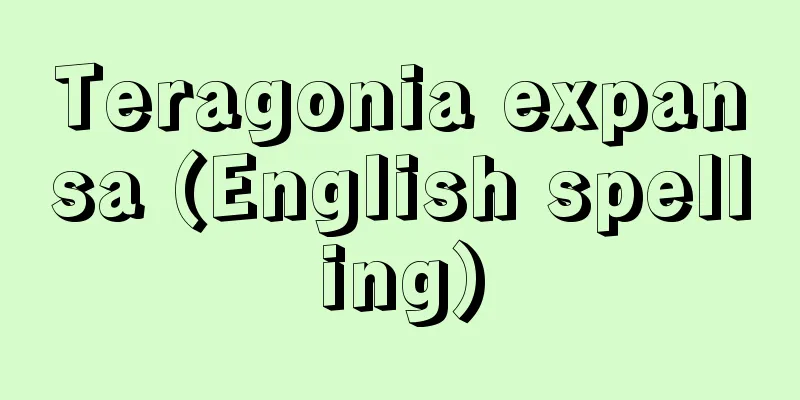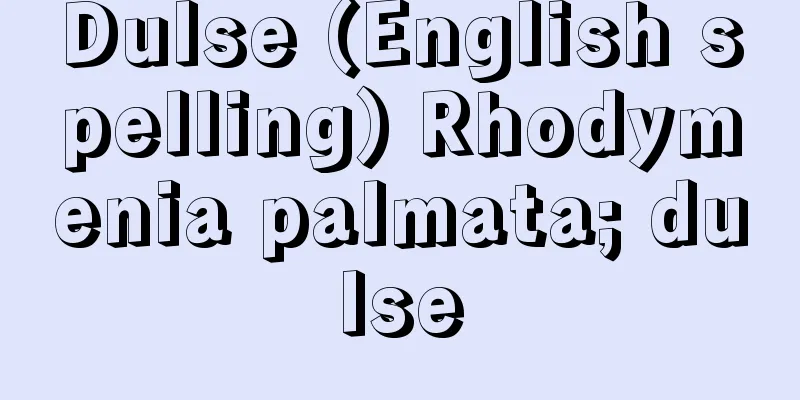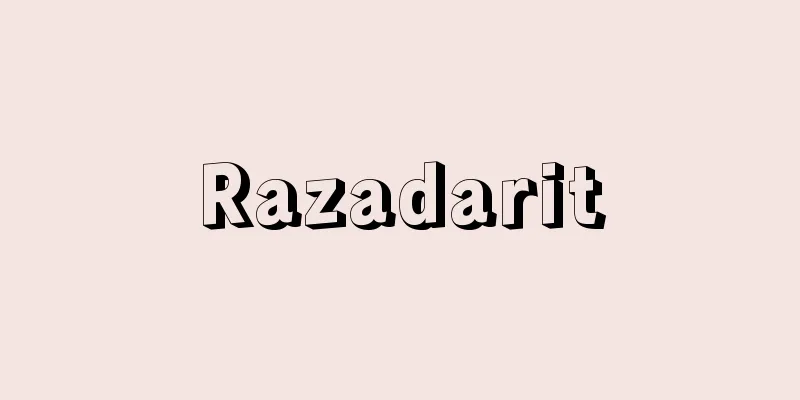Manuscript paper - Genkouyoushi

|
A paper with grids for writing manuscripts, used in Japan, China, Korea and other East Asian societies that use Chinese characters. The most common types are 10 lines with 20 characters per line and a total of 200 characters (also called "pera"), and 20 lines with 20 characters per line and a total of 400 characters. Paper produced by publishers has different spacing depending on the purpose, blank spaces at the top and bottom for inserting illustrations and photos, 20x10, 20x20, etc. printed in the bottom left corner to indicate the total number of characters, and numbers 5, 10, 15, 20 on the right edge of the paper to help with character counting. The company name is also printed on the paper. For personal use, there is a variety of types depending on the person's taste and purpose, such as pen names printed on the paper, paper quality, grid size, color, and no space between lines for furigana (furigana). Newspaper manuscript paper for newspapers is small in size and is usually made to fit the newspaper's character spacing. There are various theories about its origins, but the oldest paper using the format of the 400-character manuscript paper currently in use is the red-ruled paper made by Rai Sanyo, who wrote Nihon Gaishi. Writers and Chinese scholars from the end of the Edo period through the Meiji period carved manuscript paper blocks onto wooden blocks and printed on them themselves. There was also manuscript paper in the West, although it did not have a grid pattern. [Hitoshi Suzuki and Norio Tamura] "52 Stories on Stationery" by Magoichi Kushida (1996, Jiji Press) Source: Shogakukan Encyclopedia Nipponica About Encyclopedia Nipponica Information | Legend |
|
原稿を記入するためのます目のある紙で、日本のほか、中国、韓国など東アジアの漢字圏の社会で使われている。1行20字詰め10行で総字数200字のもの(「ペラ」ともよぶ)と、20字詰め20行で400字のものが一般的である。出版社で作製する用紙は、用途にあわせて字詰めを変え、挿入する図版、写真などの指定を書き込むための余白を上欄あるいは下欄にとり、用紙の左下隅に20×10、20×20などと印刷して総字数を表し、用紙右端に5、10、15、20と数字を挿入して字数計算に資するなど、レイアウト、原稿整理の便宜を配慮し、さらに自社名が印刷してある。個人用は、ペンネームを刷り、紙質、ます目の大きさ、色、ルビ(振り仮名)用行間をとらぬものなど、各人の趣味、用途によって雑多である。新聞のニュース用原稿用紙は版も小型で、新聞の字詰めにあわせたものが普通である。来歴には諸説あるが、現在使用されている400字詰め原稿用紙の型を使用したものとしてもっとも古いものは、『日本外史』を書いた頼山陽(らいさんよう)のつくらせた赤線罫(けい)の用紙である。幕末から明治にかけての文士、漢学者らは、板木に原稿用紙向けの版を彫り、自ら印刷して利用していた。なお欧米にも、ます目ではないが原稿用の用紙はあった。 [鈴木 均・田村紀雄] 『串田孫一著『文房具52話』(1996・時事通信社)』 出典 小学館 日本大百科全書(ニッポニカ)日本大百科全書(ニッポニカ)について 情報 | 凡例 |
>>: Healthy child - Healthy child
Recommend
Ripert, Georges
Born: April 22, 1880, La Ciotat [Died] July 4, 195...
Bora, K.von (English spelling)
…In the spring of 1825, during the height of the ...
Biot, Jean-Baptiste
Born: April 21, 1774 in Paris Died: February 3, 18...
Colored chalk
…After World War II, the practice of dyeing dark ...
State - Shu
[given name] 1. An administrative division that ma...
Milo
…Year of birth and death unknown. Sometimes writt...
Environmental Hygiene
The term "hygiene" refers to the study o...
Election campaign - English
In legal terms, election campaigning generally re...
"The Tragic Story of Wish-ton-Wish"
…His second novel, The Spies (1821), made him fam...
Ooyukinohana - Ooyukinohana
...Among spring-flowering bulbous plants, this is...
Gold Line Cider
…Originally it means apple wine (cider), but in J...
Minatogawa people
Fossilized human bones dating back approximately 1...
Japanese pepper (Zanthoxylum sansho) - Japanese pepper
In the past, it was also called Hajikami. It is a ...
Carson City
The capital of Nevada, located in the western end ...
Industrial psychology
This is a branch of applied psychology that studi...
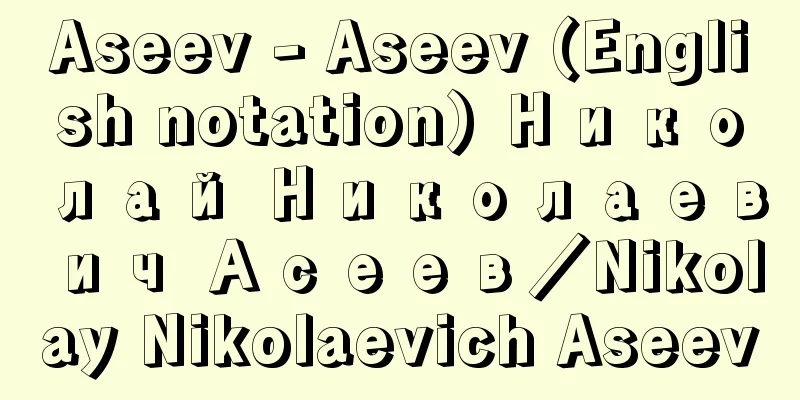

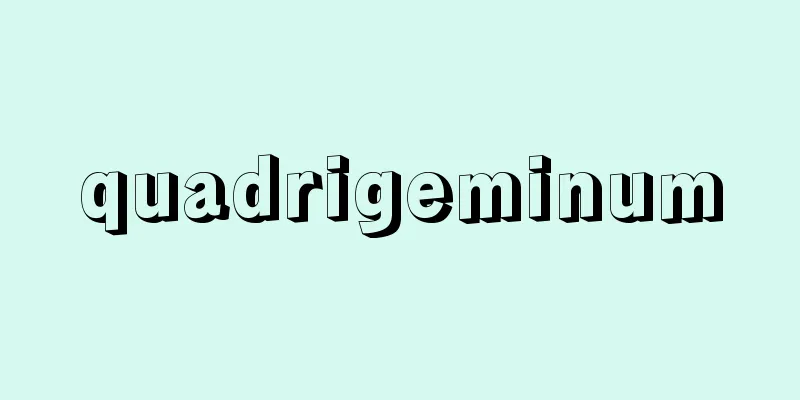
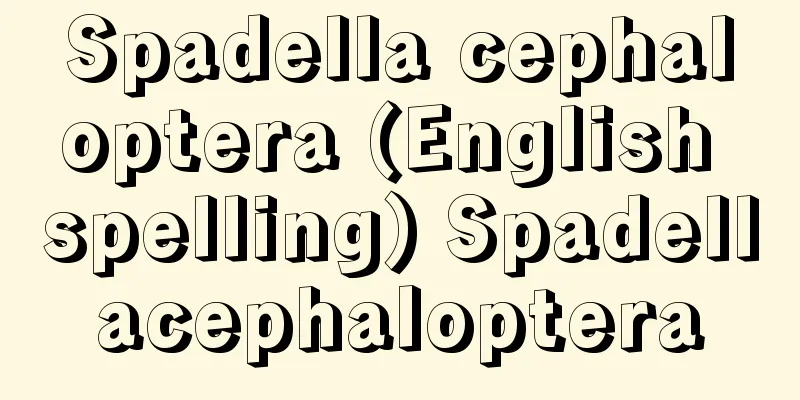
![Hitachinaka [city] - Hitachinaka](/upload/images/67cc9ddf3177f.webp)
